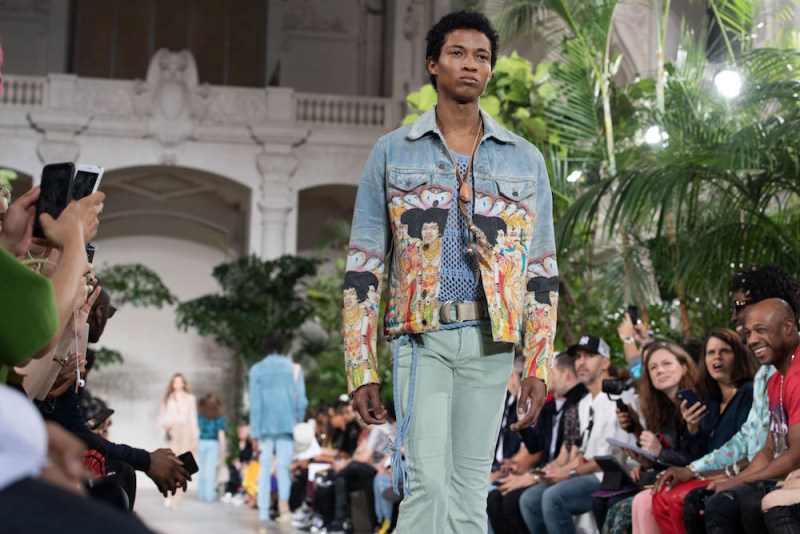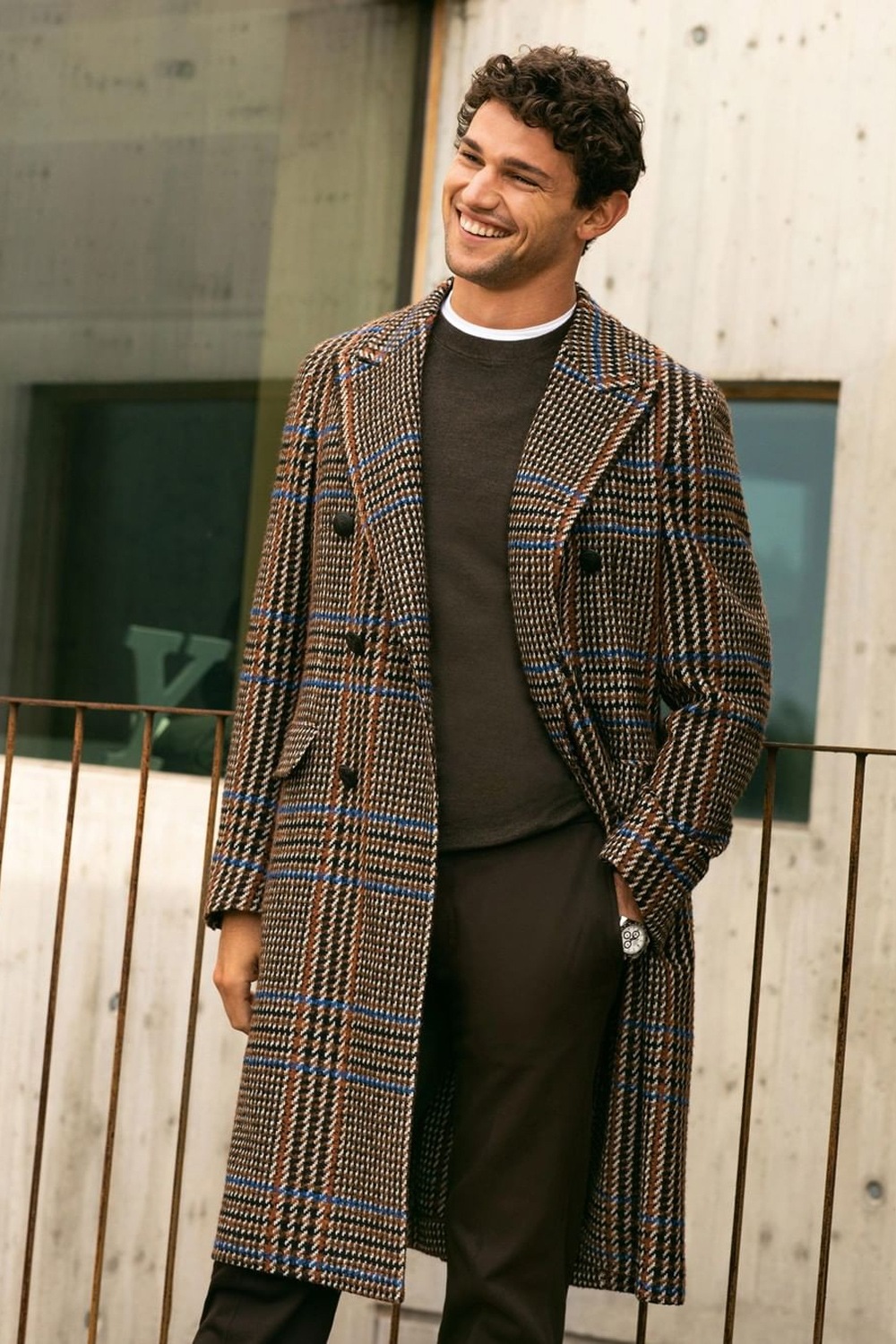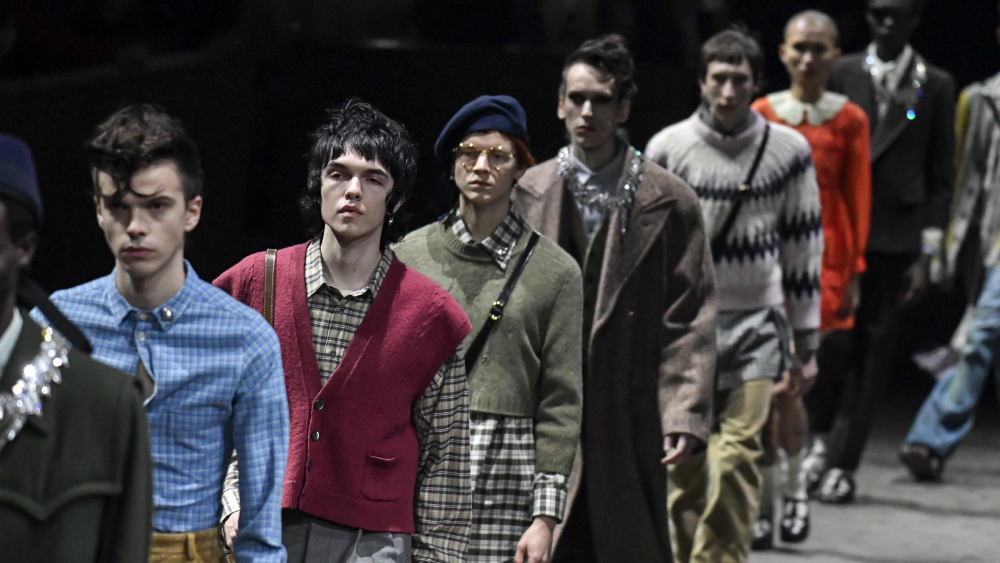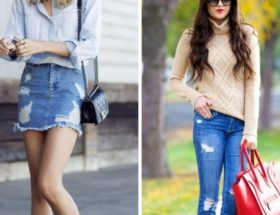
Deluxe Streetwear: Where Is Men’s Fashion Going
MEN’S FASHION FOR A LONG TIME SEEMED INSENSITIVE TO CHANGE. But past fashion weeks prove that everything has changed — what is shown on the fashion weeks has become an expression of global trends. On the stage and in advertising campaigns now appear people of different ages, in the stores, there are clothes, to which it is difficult to say whether it is male or female, and luxury brands are trying to adjust to the needs of a young audience, involving street brands in their collaborations. Following the men’s shows, we decided to get an insider’s look and understand what these changes mean for fashion in general.

The industry is at a turning point. Although men’s fashion has always been inferior to women’s in creativity and scope, the key trends of today are becoming much more visible in it. It was at the men’s show that gender ambivalence was announced — although it happened, I think, by accident. After Frida Giannini left Gucci, the management of the brand couldn’t find someone from outside in time and it was here that one of the old employees, Alessandro Michele, showed himself in all his brilliance, knowing that such a chance comes once in a lifetime. The management, as before, wanted to make jeans and loafers-no one knew what to expect from Michele. I suspect he came up with the concept using the blanks for some women’s pre-collection. Michele caught the trend at its peak, after that it started to fade — but he made a huge wave.
It’s the same story with Supreme. Like the Gucci collection, Louis Vuitton’s collaboration with Supreme is proof of how important street fashion has become. Just a year ago, visitors to fashion week wore total-black outfits, knitwear, things with some asymmetrical clasps. Now there is no black at all, everyone is either in streetwear or in brands that are actively engaged with it. A typical look is a hoodie, a big coat, merch, sneakers. They don’t have to be designer pieces: some have a Vetements hoodie and some don’t, but they don’t look different. It’s a perfect collaboration that benefits both: in Paris, it’s very important to show who’s at the microphone. If there’s no luxury, fashion makes no sense, and Supreme has now taken streetwear into luxury territory. Now brands that are specifically about design look ridiculous. The contrived fashion is morally obsolete.

The fashion industry has always been obsessed with being young. It’s an old marketing trick: make adult shoppers with money feel “inferior” so that they, trying to banish that feeling, buy your clothes. What has changed is that streetwear is now more popular than ever, and this rise in street fashion has coincided with the emergence of a new generation of young people ready to consume fashion on an unprecedented scale. There have never been so many children of wealthy parents on the market. They all want to wear what they are familiar with and accustomed to sweatshirts, sweatpants, sneakers, bombers, and so on. In addition, their parents begin to feel that their children are safe (and not to look for a secure place), while they don’t look so glamourous. However, this image is not obligatory: there is no single “standard” of what a “proper” modern man should look like anymore – fashion is now at the post-modernist stage.
It seems to me that the trend for gender neutrality has been propagated by magazines like Dazed. In practice, this idea is understood by a very small number of real fashion buyers. Alessandro Michele at Gucci continues to expand his own universe, but I doubt that the brand’s customers look as gender-neutral as his models. I suspect they’re attracted to the same things everyone else is: marketing and the hype around the brand.









